Back to Courses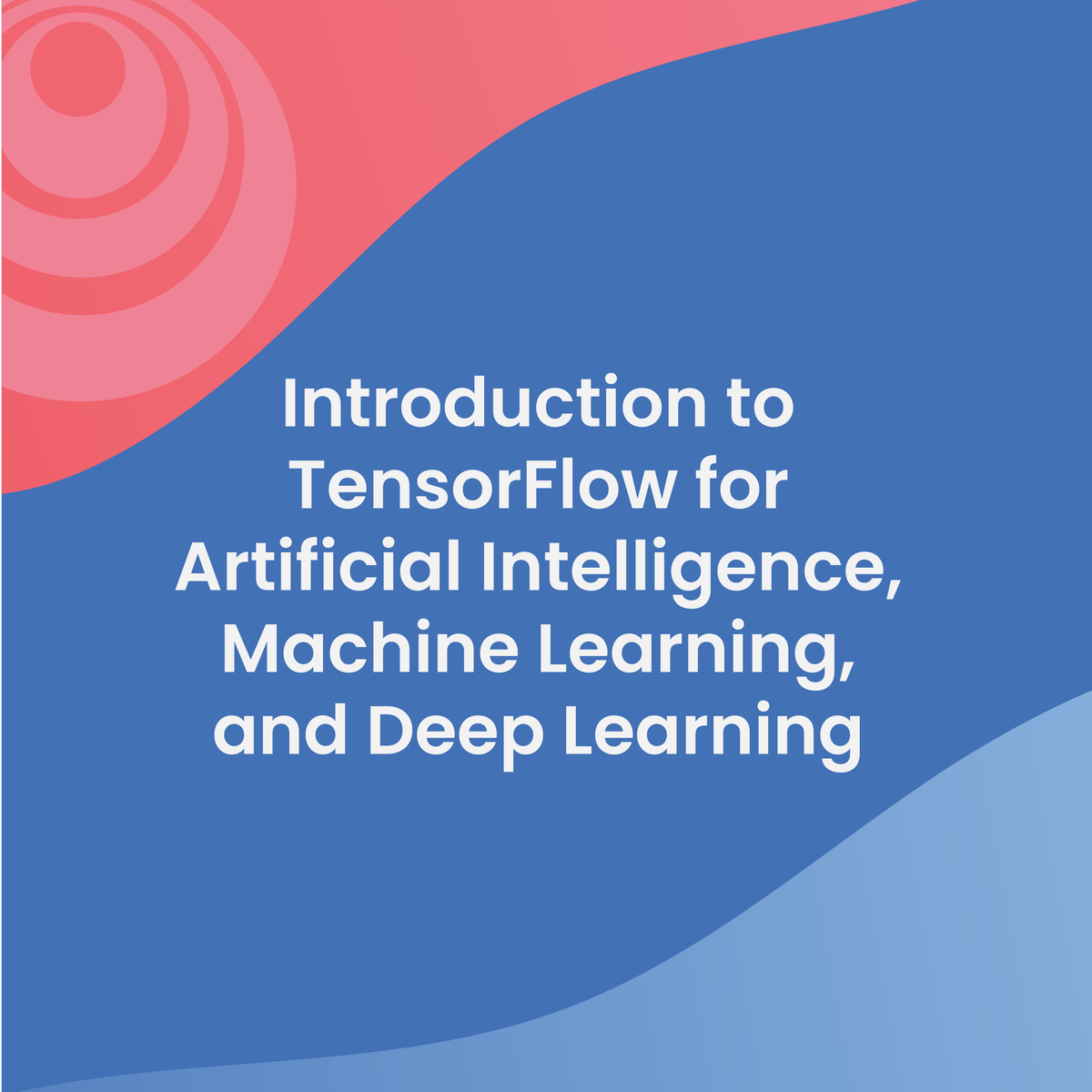



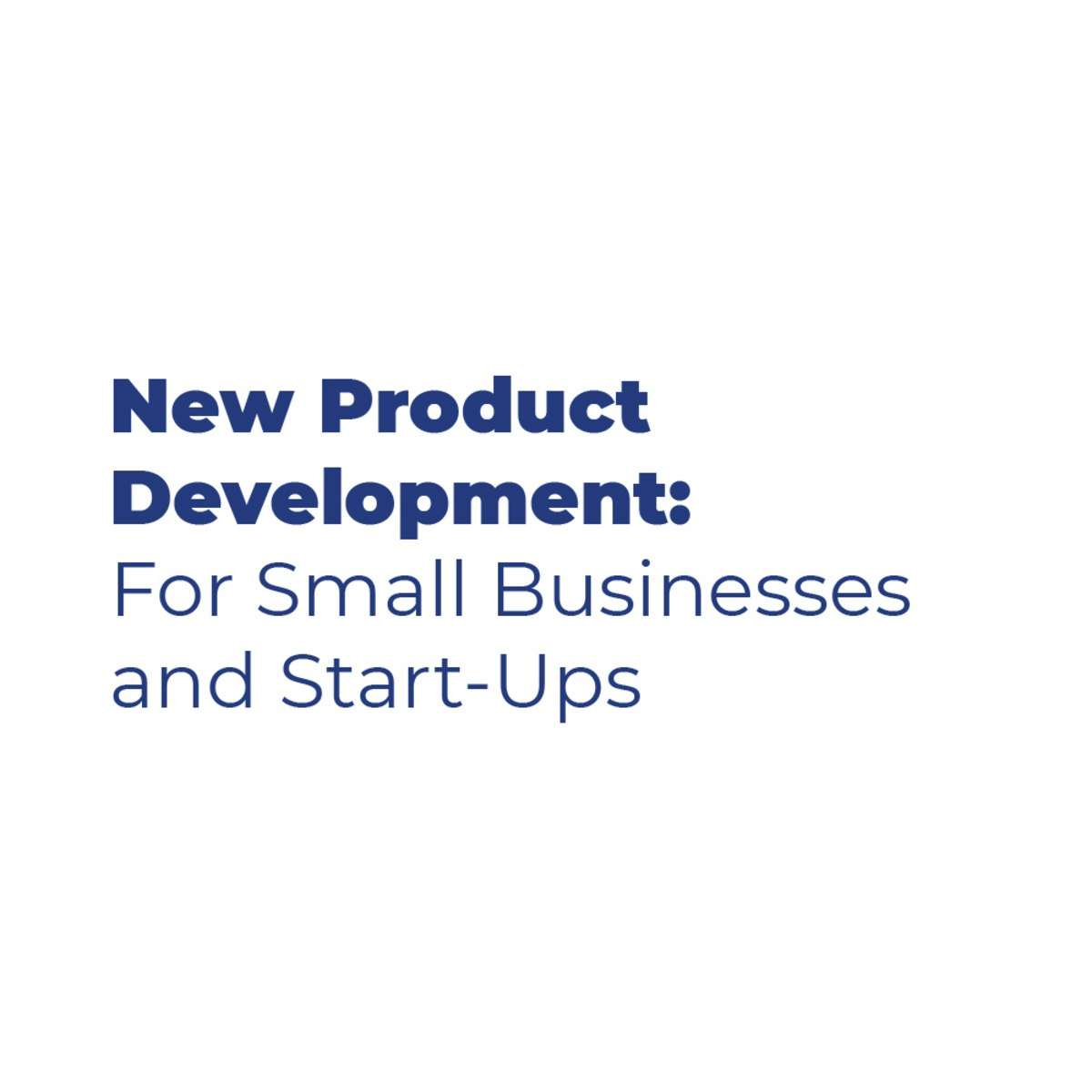
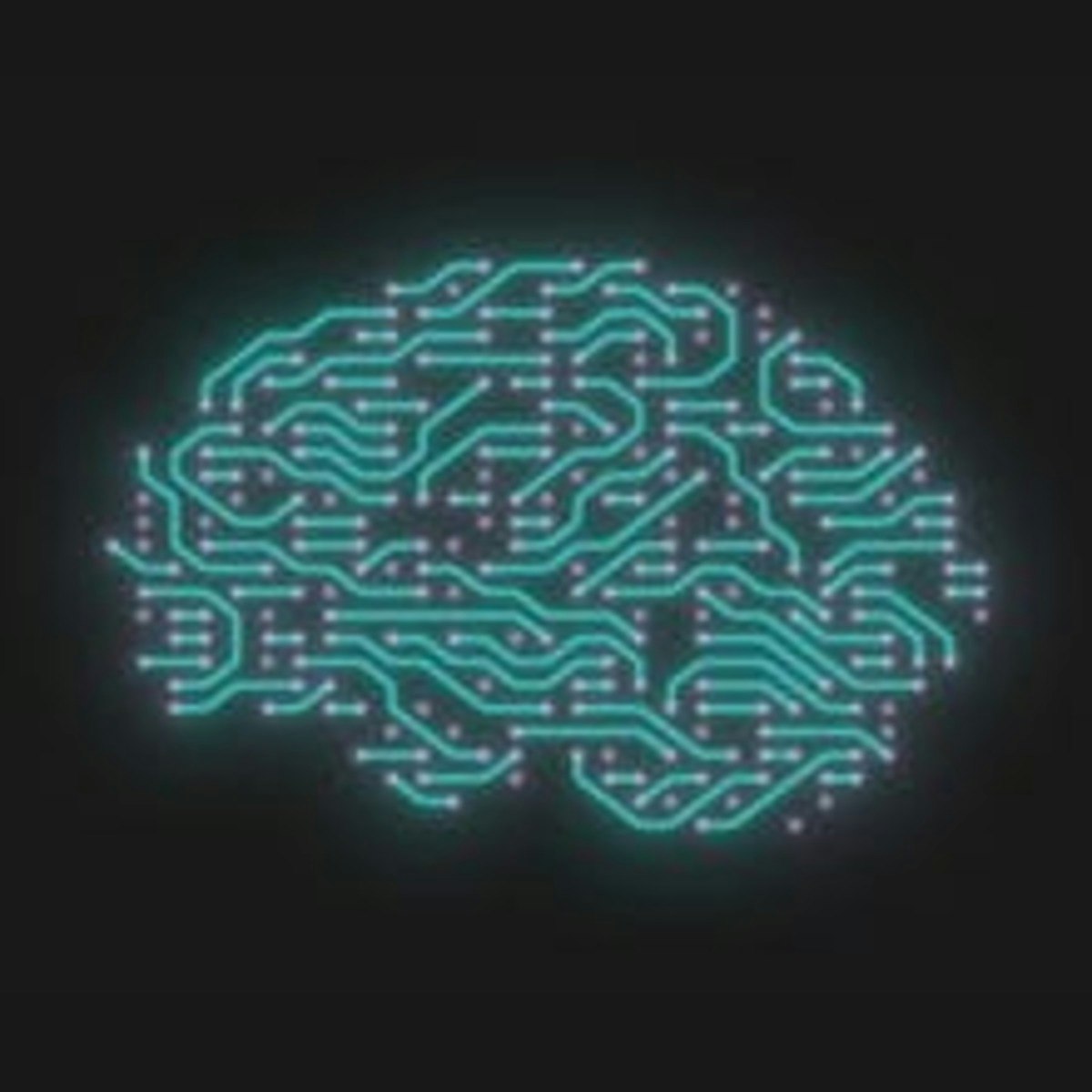

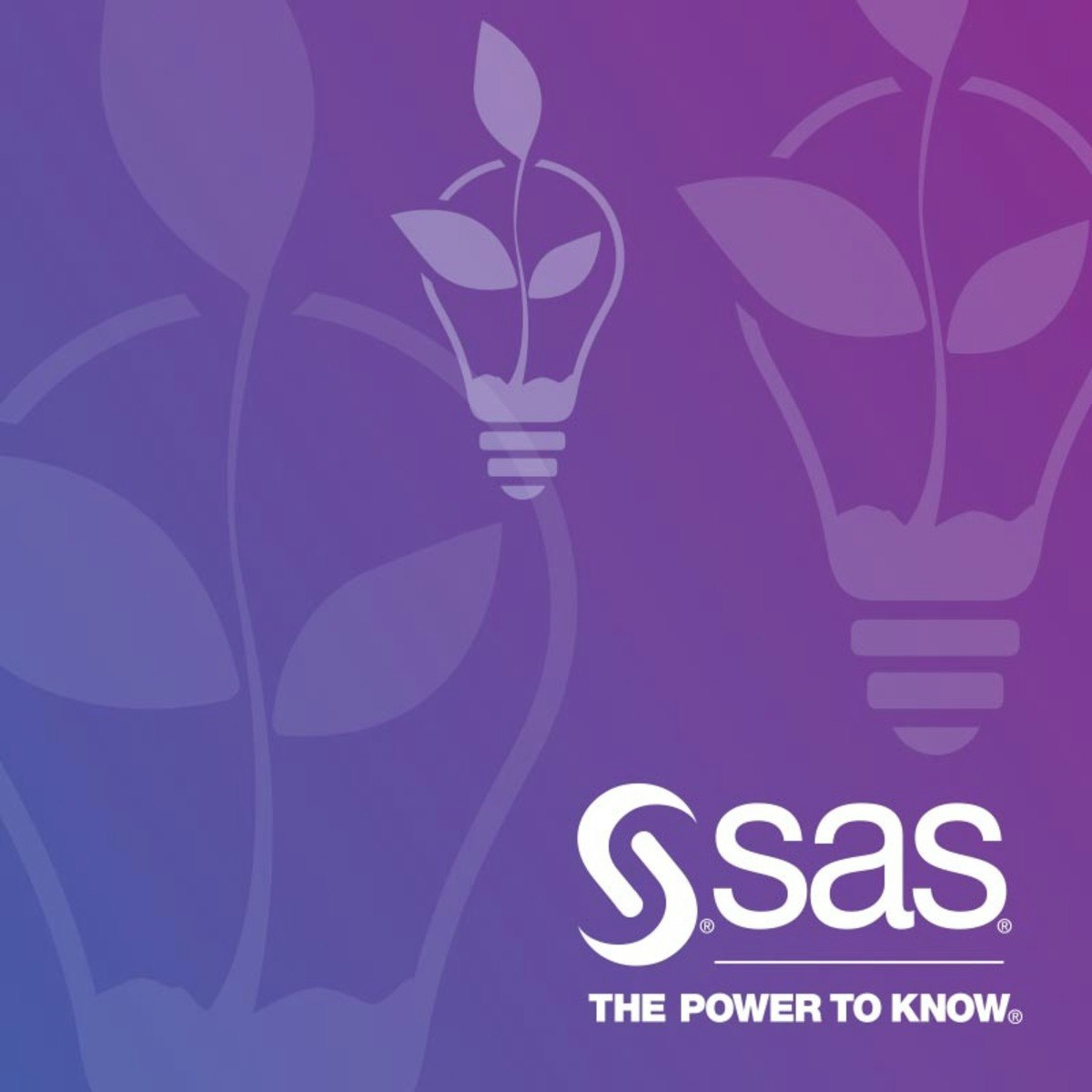

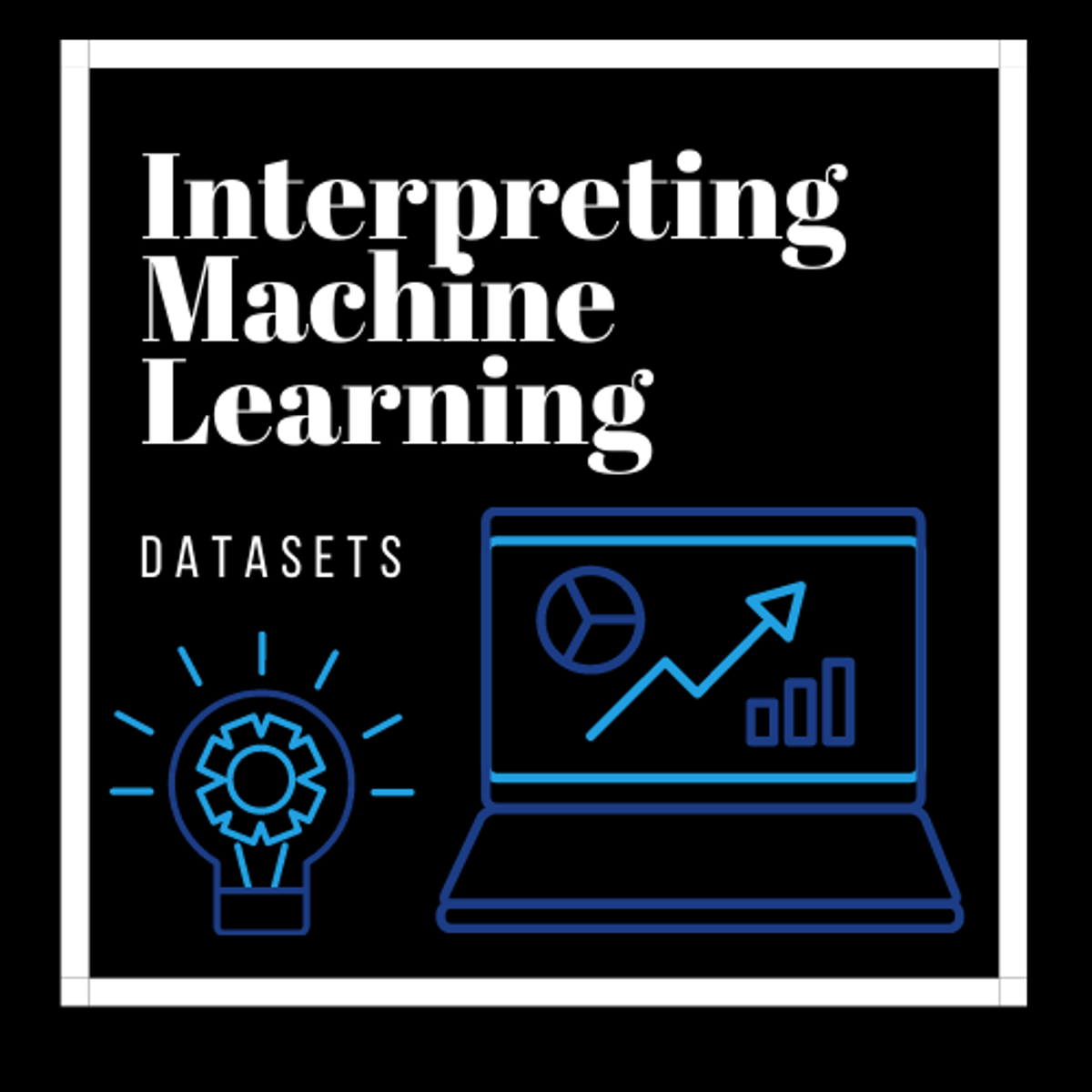
Data Analysis Courses - Page 5
Showing results 41-50 of 998

Introduction to TensorFlow for Artificial Intelligence, Machine Learning, and Deep Learning
If you are a software developer who wants to build scalable AI-powered algorithms, you need to understand how to use the tools to build them. This course is part of the upcoming Machine Learning in Tensorflow Specialization and will teach you best practices for using TensorFlow, a popular open-source framework for machine learning.
The Machine Learning course and Deep Learning Specialization from Andrew Ng teach the most important and foundational principles of Machine Learning and Deep Learning. This new deeplearning.ai TensorFlow Specialization teaches you how to use TensorFlow to implement those principles so that you can start building and applying scalable models to real-world problems. To develop a deeper understanding of how neural networks work, we recommend that you take the Deep Learning Specialization.

Hands-on Text Mining and Analytics
This course provides an unique opportunity for you to learn key components of text mining and analytics aided by the real world datasets and the text mining toolkit written in Java. Hands-on experience in core text mining techniques including text preprocessing, sentiment analysis, and topic modeling help learners be trained to be a competent data scientists.
Empowered by bringing lecture notes together with lab sessions based on the y-TextMiner toolkit developed for the class, learners will be able to develop interesting text mining applications.

Quantitative Text Analysis and Evaluating Lexical Style in R
By the end of this project, you will learn about the concept of lexical style in textual analysis in R. You will know how to load and pre-process a data set of text documents by converting the data set into a corpus and document feature matrix. You will know how to calculate the type to token ration which evaluates the level of complexity of a text, and know how to isolate terms of particular lexical interest in a text and visualize the variation in frequency of such terms in texts over time.

Doing Economics: Measuring Climate Change
This course will give you practical experience in working with real-world data, with applications to important policy issues in today’s society. Each week, you will learn specific data handling skills in Excel and use these techniques to analyse climate change data, with appropriate readings to provide background information on the data you are working with. You will also learn about the consequences of climate change and how governments can address this issue.
After completing this course, you should be able to:
• Understand how data can be used to assess the extent of climate change
• Produce appropriate bar charts, line charts, and scatterplots to visualise data
• Calculate and interpret summary statistics (mean, median, variance, percentile, correlation)
• Explain the challenges with designing and implementing policies that address climate change
No prior knowledge in economics or statistics is required for this course. No knowledge of Excel is required, except a familiarity with the interface and how to enter and clear data.

New Product Development For Small Businesses and Start-Ups
In this 1 hr 40 mins long project-based course, you will learn about the process of developing a new product for start-up companies, and small and medium-sized enterprises (SMEs). You will learn about idea generation and the evaluation processes in product development by using an idea generation model and online resources like Google Trends and Amazon. You will use methods to evaluate your product concept through market segmentation, growth potential, and the competition to your product. You will also evaluate a supplier and the cost to your product by analyzing component prices and production rates. By the end of this project, you will be able to create a full retrospective plan for the product launch and understand how and why the specifications are done.
Note: This course works best for learners who are based in the North America region. We’re currently working on providing the same experience in other regions.

AI Workflow: Enterprise Model Deployment
This is the fifth course in the IBM AI Enterprise Workflow Certification specialization. You are STRONGLY encouraged to complete these courses in order as they are not individual independent courses, but part of a workflow where each course builds on the previous ones.
This course introduces you to an area that few data scientists are able to experience: Deploying models for use in large enterprises. Apache Spark is a very commonly used framework for running machine learning models. Best practices for using Spark will be covered in this course. Best practices for data manipulation, model training, and model tuning will also be covered. The use case will call for the creation and deployment of a recommender system. The course wraps up with an introduction to model deployment technologies.
By the end of this course you will be able to:
1. Use Apache Spark's RDDs, dataframes, and a pipeline
2. Employ spark-submit scripts to interface with Spark environments
3. Explain how collaborative filtering and content-based filtering work
4. Build a data ingestion pipeline using Apache Spark and Apache Spark streaming
5. Analyze hyperparameters in machine learning models on Apache Spark
6. Deploy machine learning algorithms using the Apache Spark machine learning interface
7. Deploy a machine learning model from Watson Studio to Watson Machine Learning
Who should take this course?
This course targets existing data science practitioners that have expertise building machine learning models, who want to deepen their skills on building and deploying AI in large enterprises. If you are an aspiring Data Scientist, this course is NOT for you as you need real world expertise to benefit from the content of these courses.
What skills should you have?
It is assumed that you have completed Courses 1 through 4 of the IBM AI Enterprise Workflow specialization and you have a solid understanding of the following topics prior to starting this course: Fundamental understanding of Linear Algebra; Understand sampling, probability theory, and probability distributions; Knowledge of descriptive and inferential statistical concepts; General understanding of machine learning techniques and best practices; Practiced understanding of Python and the packages commonly used in data science: NumPy, Pandas, matplotlib, scikit-learn; Familiarity with IBM Watson Studio; Familiarity with the design thinking process.

Troubleshooting and Solving Data Join Pitfalls
This is a self-paced lab that takes place in the Google Cloud console. This lab focuses on how to reverse-engineer the relationships between data tables and the pitfalls to avoid when joining them together.
Using SAS Viya REST APIs with Python and R
SAS Viya is an in-memory distributed environment used to analyze big data quickly and efficiently. In this course, you’ll learn how to use the SAS Viya APIs to take control of SAS Cloud Analytic Services from a Jupyter Notebook using R or Python. You’ll learn to upload data into the cloud, analyze data, and create predictive models with SAS Viya using familiar open source functionality via the SWAT package -- the SAS Scripting Wrapper for Analytics Transfer. You’ll learn how to create both machine learning and deep learning models to tackle a variety of data sets and complex problems. And once SAS Viya has done the heavy lifting, you’ll be able to download data to the client and use native open source syntax to compare results and create graphics.

Bioconductor for Genomic Data Science
Learn to use tools from the Bioconductor project to perform analysis of genomic data. This is the fifth course in the Genomic Big Data Specialization from Johns Hopkins University.

Interpreting Machine Learning datasets
In this 2-hour long project-based course, you will learn how to interpret the dataset for machine learning, how different features impact on a mode and how to evaluate them.
Popular Internships and Jobs by Categories
Find Jobs & Internships
Browse
© 2024 BoostGrad | All rights reserved